During a much-anticipated summit with Ukrainian President Volodymyr Zelenskyy and other European leaders, President Trump doubled down on calls for a peace deal with Russia.
Days after meeting with Russian President Vladimir Putin, President Donald Trump convened a meeting with Ukrainian President Volodymyr Zelenskyy and several European leaders at the White House on Monday. While Trump’s meeting with Zelenskyy was markedly friendlier than their contentious Oval Office confrontation in February, the summit yielded few details about what the parameters of a Russia-Ukraine truce would look like.
While European leaders expressed support for a ceasefire, Trump questioned the necessity of such a measure—a stark contrast to his position going into last week’s summit with Putin. All of the leaders present on Monday also underscored their support for a trilateral meeting between Trump, Zelenskyy, and Putin, though the Russian president has long resisted such a gathering. Most notably, Trump signaled a willingness to provide U.S. security guarantees for Ukraine—long seen as a necessity to ensure Ukraine’s long-term future—though he did not elaborate what form that would take.
CFR turned to Europe Senior Fellow Matthias Matthijs to unpack the details of the summit.
This meeting between Zelenskyy and Trump in the Oval Office contrasted significantly with their last one. What does that indicate about the tenor and the direction of the talks?
On a more superficial level, Zelenskyy clearly learned from the first meeting—the famous Oval Office meeting in February—and for that matter, so did the Trump administration. Zelenskyy came nicely dressed, wearing a black suit rather than his more typical of army-style attire. He started by thanking President Trump multiple times. And on the U.S. side, it was clear that Vice President JD Vance and others were instructed not to say anything, or at least weren’t called upon to speak.
This meeting today was probably the most important of Zelenskyy’s life, right? And I think he probably is feeling good about it, because it was cordial. It came after what was clearly an alarming meeting for Ukraine and Europe in Alaska on Friday, where it seemed like Trump, and the Americans, once again seemed to take the side of the Russians in this conflict. They appeared perfectly happy to basically adopt the line: Russia is strong, Ukraine is weak, Russia is winning this war, so Ukraine should make a deal now and cut their losses by doing a few “land swaps” in a very dishonest and disproportionate way.
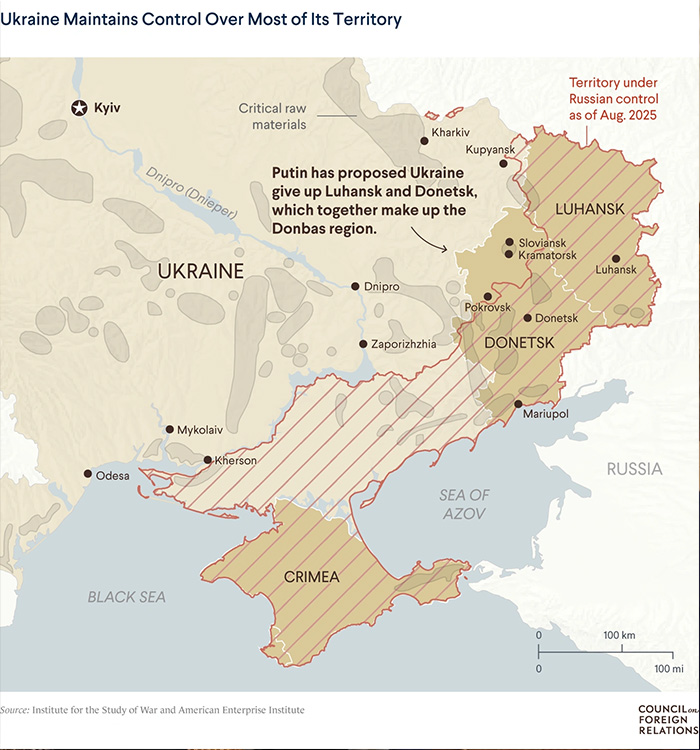
As far as I can tell, Russia is willing to give up very, very little, and is basically saying, “Okay, if you agree to this, we have peace, and then you’ll get some sort of vague security guarantee from the United States, something written, but ill-defined.” Zelenskyy clearly avoided that tenor in today’s meeting.
Zelenskyy was joined in Washington by some key European leaders, including several who are considered to be “Trump whisperers.” Why did the Europeans feel compelled to have such a shared showing at the White House?
After all the goodwill from the NATO summit meeting at The Hague in June, the Europeans clearly thought they were well positioned with the president. They committed to much higher defense spending, something that Trump has always wanted. Plus, from the European Union point of view, they’ve basically given the Americans a rather generous trade deal—higher U.S. tariffs on the Europeans and no EU retaliation. What is also interesting is the selection of leaders they chose to represent them in Washington. It was largely the most important countries of NATO, the EU and, of course, Finland, which has the longest border with Russia other than Ukraine. There were also some Trump whisperers—NATO Secretary-General Mark Rutte, Finland President Alexander Stubb (his golf partner), and Italian Prime Minister Giorgia Meloni—who are closer to the president ideologically, or at least willing to step up the flattery.
When it comes to the other leaders of Europe, you really run the gamut from the Labour-left in the United Kingdom to a kind of traditional center-right, Christian Democrat in Germany, and a liberal centrist in France. And then, of course, Meloni, who’s more from the far-right. So you have a clear showing of unity, very carefully coordinated between the leaders over the weekend, and I’m sure when they met with Zelenskyy at the Ukrainian embassy in Washington prior to the meeting at the White House. They were all careful to stress separate points: The usefulness of a ceasefire before any lasting peace deal, the importance of prisoner exchanges, their support for a trilateral, and then quadrilateral meetings with Europe for security guarantees.
UK Prime Minister Keir Starmer emphasized the importance of security guarantees, having previously committed to British boots on the ground. Meloni then stressed the importance of being on the side of peace, which she equated by being on the side of Ukraine. Then Stubb followed by saying that there is “Team Europe” and “Team United States,” and both are on the side of Ukraine. That’s, of course, not something explicit that Trump has ever said. He wants to be an honest broker, a peacemaker between Russia and Ukraine, claiming that he now gets along very well with both leaders.
Trump floated that the United States could be involved in providing Ukraine security guarantees that would be similar to NATO’s Article Five. It also appears that that would require Ukraine to give up territory. What do we know about such a proposal and its risks? Or is there such ambiguity in this proposal that it adds layers of risk?
It is hard to imagine there being any deal today that is acceptable and that respects the red lines of the Ukrainians and Europe as well as the red lines of the Russians. Security guarantees were clearly discussed in Alaska, but it seems like what the Russians have in mind is very far from any NATO troops on the ground. If those troops were attacked, that could be interpreted as an attack on a NATO country and would trigger NATO’s Article Five.
The Russians clearly don’t want that, but they are fine with another Minsk-style agreement or the 1994 Budapest Memorandum-style security guarantees that are written down but keep the U.S. military—and for that matter UK and French troops—very far away from Russia’s borders.
The Russian Ministry of Defense even put that on their website during the meeting in Washington, reminding the world that Russia has a longstanding policy of not wanting NATO troops on the ground in Ukraine. Perhaps the security guarantee idea was lost in translation during Trump advisor Steve Witkoff’s meeting in Moscow—which triggered the Alaska meeting—and then again during the summit in Alaska.
And I think Trump was deliberately vague about it, too, right? He said that Europe is the first line of defense, so clearly they’re going to carry most of the burden of security guarantees, but the Americans would help them. That likely means that the United States will continue what it is doing right now in the conflict: selling weapons, helping with intelligence support, maybe even air support, but its role will ultimately remain more transactional in nature. I imagine that still all needs to be worked out. Until it is, it’s going to be very hard for Ukraine to make any serious concessions.
Among Trump’s next objectives is to have a trilateral meeting with Zelenskyy and Putin, which he said is now a matter of “when, not if” it will occur. What roadblocks have there been to such a meeting in the past? Could this kind of summit bring real progress?
The Russians have never committed to such a meeting. Putin has been very clear. He regards Zelenskyy as an illegitimate head of state. He doesn’t really regard Ukraine as a legitimate state to begin with. He’s hinted that he’s happy to meet with anyone once there’s a peace deal, but he was basically implying it would be a different leader than Zelenskyy, who he has accused of being a neo-Nazi.
Every time Putin talks about the so-called “root causes” of this war, part of the cause is what he sees as the illegitimate government in Ukraine. Putin’s annexation of Ukrainian land in 2014, which included Crimea, and support of pro-Russian rebels in the Donbas, was based on the popular overthrow of Viktor Yanukovych, a Ukrainian president who was pro-Russian and basically a Putin stooge. And so it’s still hard for me, or for anyone who’s followed this closely, to imagine Putin just agreeing to a summit when he has his evening phone call with Trump. First of all, where would you meet? And could Zelenskyy just look him in the eye after this man invaded his country and caused so much harm?
And then, of course, there’s a risk. If such a trilateral meeting does take place, Putin and Trump could gang up on Zelenskyy and say, “Okay, you’re losing. Cut a deal.” That would go back to the Fox interview with Sean Hannity on Friday, where Trump said that Russia is a great power and Ukraine is not. Russia is winning this war and Ukraine is losing it. They need to cut their losses and agree to a deal right now. They may lose the Donbas, but they’ll have peace, receive some sort of security guarantee, and be able to integrate further with the West. And I think that that is just something that’s not acceptable to the Europeans right now, or to Ukraine.
Everyone’s going back to their corners now. Trump has moved away from a ceasefire and now wants a total peace deal. His critics also say this is a Putin tactic to delay. What’s the realistic outcome from all this, and what’s that kind of future look like?
In a way, the Ukraine-Russia conflict and the back-and-forth between the United States and Europe on this is not dissimilar from how the U.S.-EU trade relations have gone. There are always high expectations, and then the Europeans’ expectations are dashed by the Americans—usually by Trump’s social media posts or some interview he gives. Then when they meet again, having avoided the worst outcomes, they come to some sort of agreement. It’s better than they feared, but it’s always worse than the status quo. But as the saying goes, the Europeans live to fight another day.
I feel like this is what is happening between Europe and the United States over Ukraine as well.
There are always good feelings and multiple interpretations. Everybody is trying to change Trump’s mind—Putin, Zelenskyy, and the Europeans. But, at the end of the day, I think Zelenskyy said it best when he said the best security guarantee for Ukrainian security is a strong Ukrainian army. That can be achieved through U.S. support of an Article Five-like solution. It can be accomplished by receiving weapons or money from the United States and Europe.
I think the big thing that is necessary here, if the Europeans are going to sleep at night, is that they stop relying on avoiding the worst-possible outcome and hoping for the best when it comes to Trump. They need to stop relying on changing his mind and dramatically step up their support for the Ukrainian army. They have to show that they’re really in this for the long run by providing way more weaponry, way more support, and maybe eventually committing to putting forces on the ground to protect any peace that eventually comes. But I don’t think they’re there yet. The Europeans still want to have their cake and eat it, too. They want the United States to behave differently. They’re happy that it’s not quite gone completely in Russia’s favor, so they want to keep the United States on board. But it’s always ambiguous. It’s never quite enough.
And so, in the short-to-medium term, for better or worse, this war will likely go on.
This interview has been edited for length and clarity. It represents the views and opinions solely of the interviewee. The Council on Foreign Relations is an independent, nonpartisan membership organization, think tank, and publisher, and takes no institutional positions on matters of policy.
Source : Council on Foreign Relations
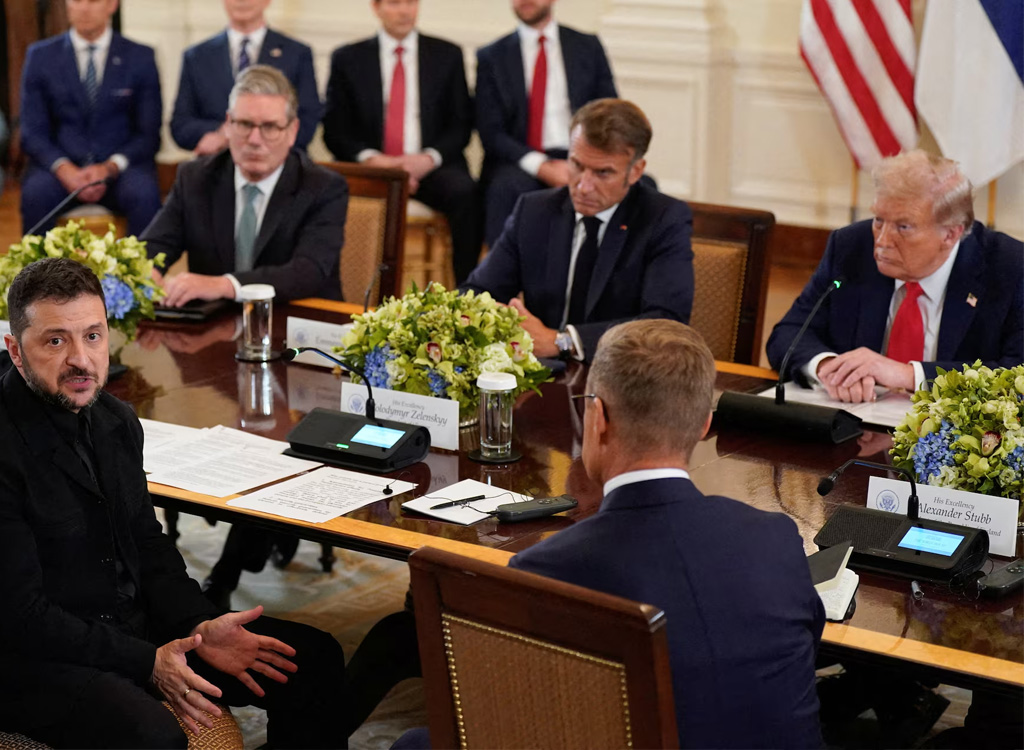



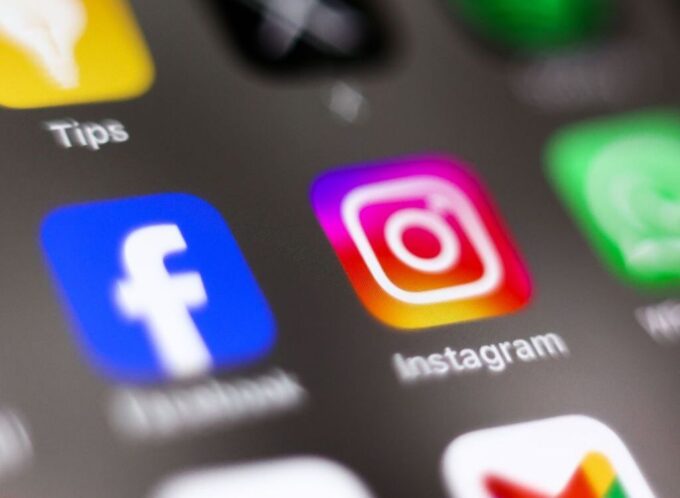
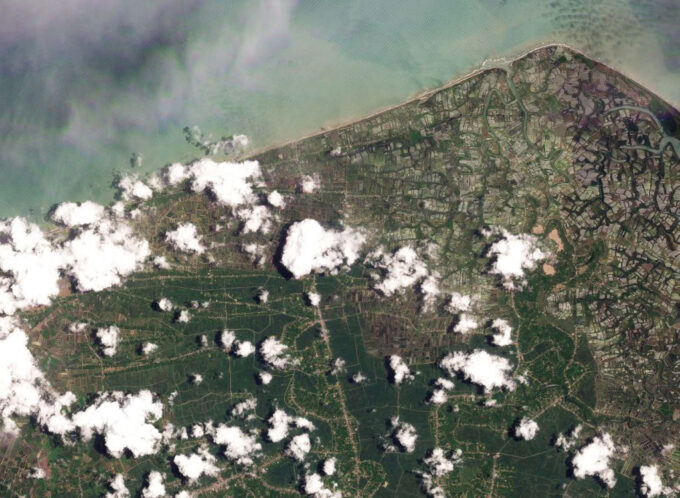
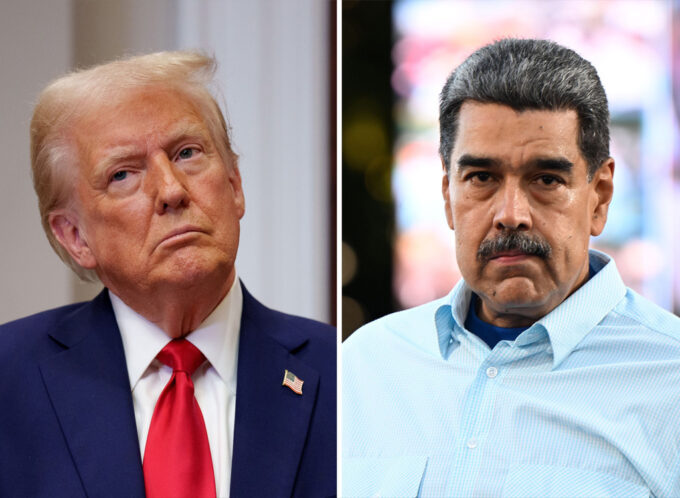

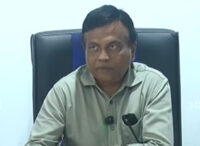


Leave a comment